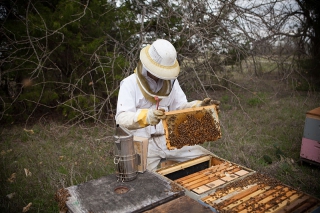
A Beekeeper’s Sweet Story
10 August 2020Blake Shook, owner of Desert Creek Honey, started beekeeping at the age of 12. Now, with over a billion honey bees under his care, he has become an expert beekeeper, knowledgeable in honey-inspired dishes as well as the dwindling honeybee population.
By Lisa Parrish, GMC Editor
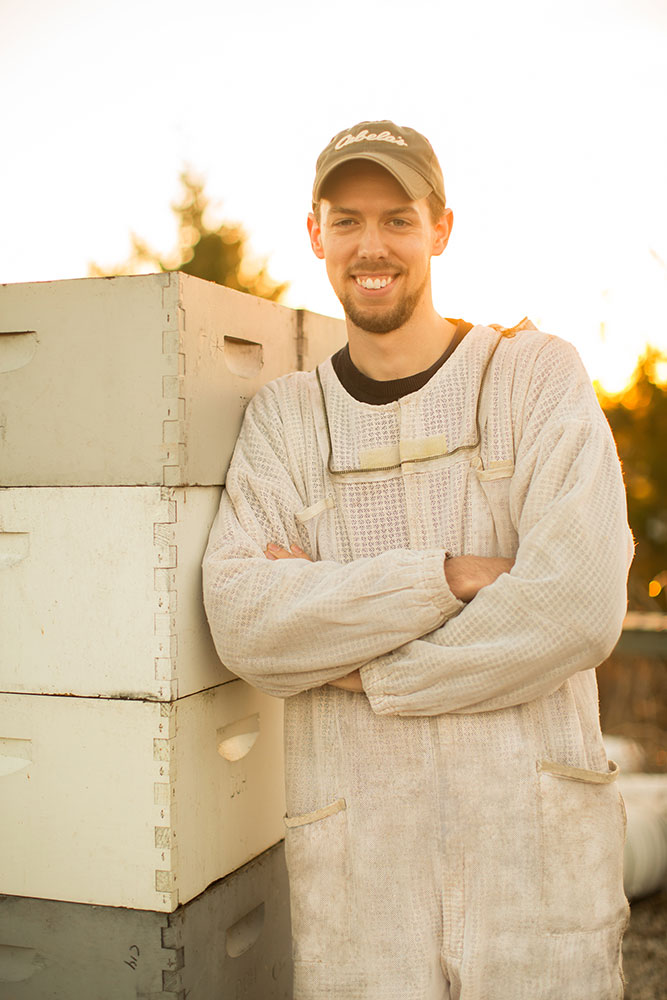 I recently interviewed Blake Shook, owner of Desert Creek Honey, and asked questions about honey production, the reasons for the loss of honeybee populations and the stinging side of the honeybee business. Here is what he had to say:
I recently interviewed Blake Shook, owner of Desert Creek Honey, and asked questions about honey production, the reasons for the loss of honeybee populations and the stinging side of the honeybee business. Here is what he had to say:
Honeybee Production Driven by the Environment
Honey varietals are based on the floral source where the honey bees gathered nectar. Those flowers determine the color and flavor of honey. All our efforts in harvesting are geared toward protecting the flavor and color that the bees and flowers have given us.
We harvest anywhere from 50 to 200 lbs. of honey per beehive each year. Desert Creek Honey owns several thousand beehives, which translates to over a billion honeybees.
Yields can fluctuate wildly based upon rainfall, weather, and health of honeybees. We work very hard to make sure that our bees are cared for as well as they possibly can be, and we leave extra honey for the bees to eat. Our honey is harvested from the bees by hand, once they have finished curing it. When bees gather nectar from flowers, it is mostly water. They fan their wings for hours, circulating air through the hive, reducing the moisture content of the honey. Once honey reaches about 18 percent moisture, the bees will put a wax capping over the cell to seal it and keep it clean. As beekeepers, once we have ensured the bees have produced enough excess honey, we harvest what the bees do not need for themselves and bring it to our facilities. Once it arrives, we gently slice the wax cappings off the honeycomb and spin the combs to sling the exposed honey out. The combs are put back in the hives to be refilled.
We produce honey in several states, and each one produces incredibly unique types of honey. My favorites are our Texas honey and our North Dakota honey. Our North Texas honey has almost citrus notes and is very light, whereas our Southeast Texas honey is more of a light amber and has an amazingly robust, almost smoky, flavor. The North Dakota honey is very delicate, mild and light and has a sweet clover smell. Since we are able to pick up our hives and move them when one nectar source dries up for the year, we have the luxury of choosing our location multiple times per year.
Dwindling number of honey bees
Bee loss is a huge issue for our industry, both in the USA and globally. We continue to see 40-50 percent annual losses. By taking meticulous care of our hives, and working to divide strong hives into new beehives, we are able to continue vital pollination and honey production. However, it is far more difficult than it used to be. As beekeepers, we are becoming better and better at monitoring bee health and caring for our bees. But, there are many factors outside our control. Environmental issues, spraying, pesticides, and mites are some of the biggest issues we face.
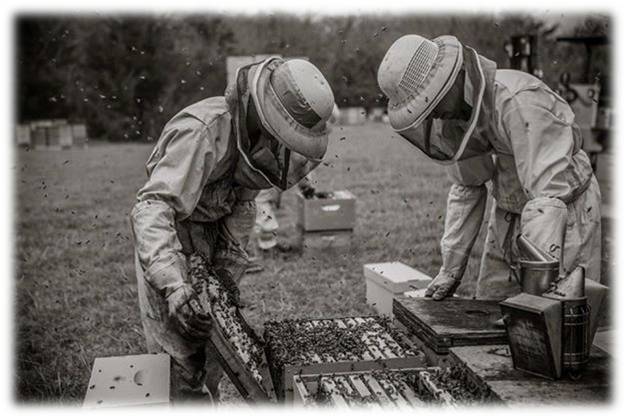 How did you discover your beekeeping passion?
How did you discover your beekeeping passion?
Two things fascinated me growing up: the outdoors and starting my own business. My big break came in 2002 at 12 years old. I had never been that interested in beekeeping before, but my parents convinced me to sign up for a scholarship that offered kids all they needed to get started in beekeeping. I had never won anything and was super excited to learn I won a free beehive and classes to help me get started in beekeeping. Two classes in, I fell in love with beekeeping. I’ll never forget the thrill of watching my own bees work to gather honey, or the amazement of tasting honey from my own beehive! Everything they did fascinated me!
I decided in high school I wanted to share my passion for bees with everyone else and began growing my business by selling honey to a few friends and family.
Back then, every label on every jar was hand applied and I delivered every case of honey in person. All of a sudden, everyone wanted more and more honey! I added beehives to my operation, delivered honey every morning before sun-up, rushed through school, and worked late into the night again with my bees. When I was 17, I became the president of the local beekeeping club that gave me my first beehive. By the time I graduated high school in 2008, I had several hundred beehives and was selling honey all over my local area.
I decided to forgo college and give beekeeping my 110 percent. I never looked back. Since then the company has grown to several thousand beehives and over a billion honeybees. I still care about each jar and beehive like they were my first. I don’t get to hand deliver every jar to each customer now, but I do get to work with bees every week during the busy season. I’m still amazed by them every day. I get to serve on the National Honey Board to help promote honey in the USA, and the American Beekeeping Federation to help promote beekeeping. Bees and beekeeping have been a part of me almost as long as I can remember. That’s why, even as we grow, we are always beekeepers first.
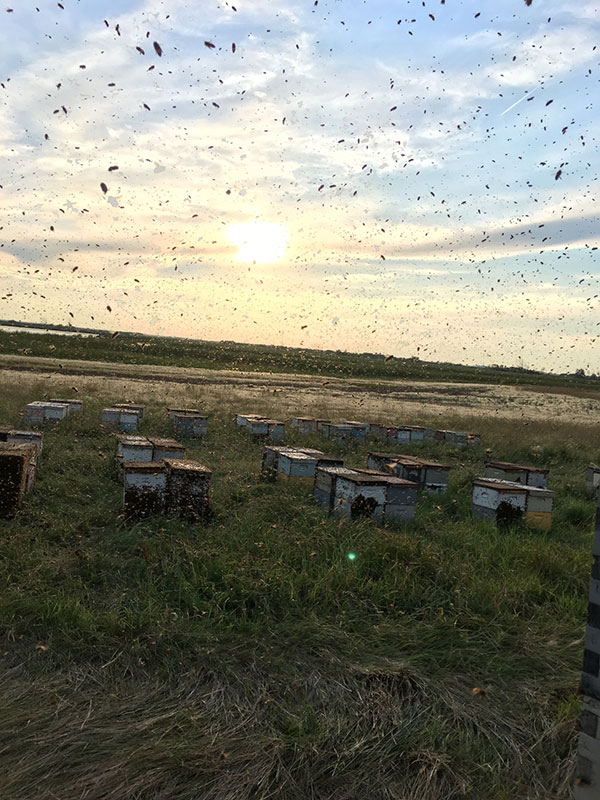 Favorite Honey Dishes and Drinks
Favorite Honey Dishes and Drinks
Personally, I believe most foods are just carriers for honey. But, I am a bit biased. I love honey on all the things most people do -- toast, biscuits, waffles etc. But, I also love using honey in ways people don't always think about, like as a glaze for meats, mixing honey and spices for a marinade, using it as a sugar replacement in literally any drink or dish, etc. One of my favorite uses comes from a friend of mine, Kathy, who is a chef at Landry's Inc. She uses a jalapeno creamed honey that we make, on a sweet potato topped with butter and pecans. It's amazing. Honey is more than just a wholesome sweetener - it also has an incredible flavor. And, with so many honey varietals, there are countless flavors to experiment with. I always encourage people to think of honey as a flavor and as an alternative.
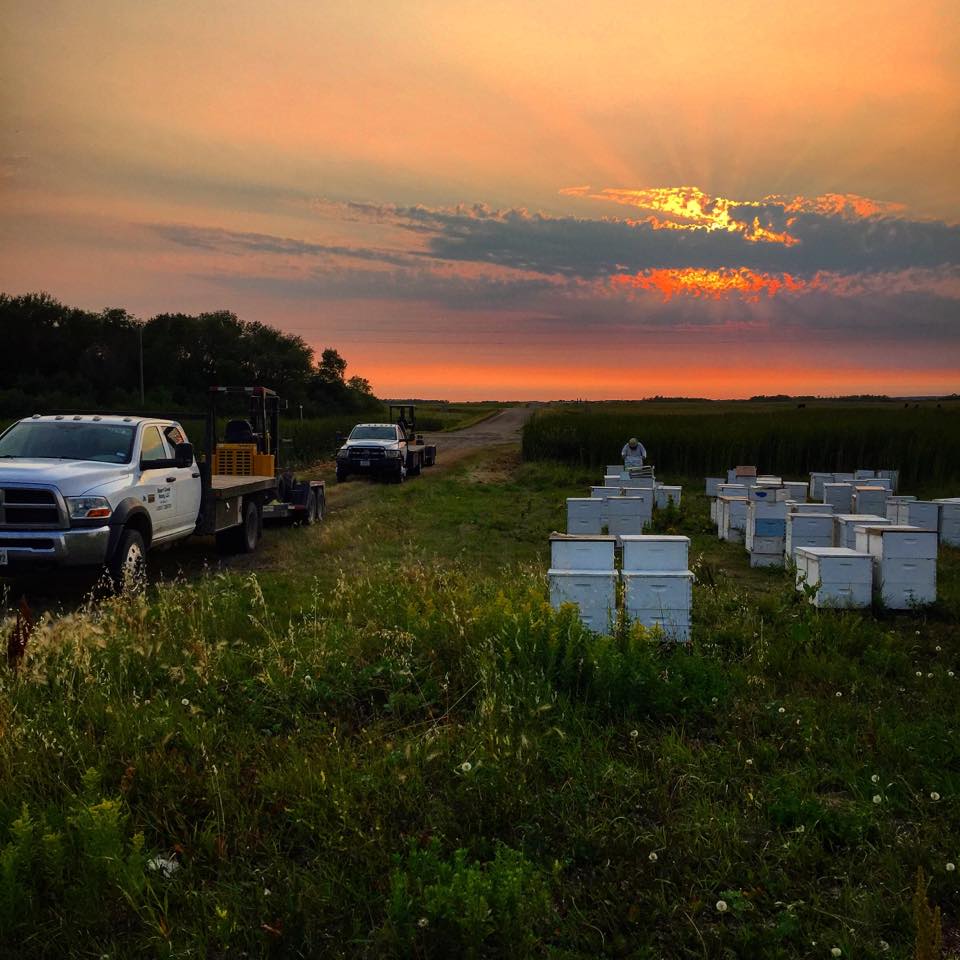 Bee Behaviors and Stings
Bee Behaviors and Stings
I have been stung tens of thousands of times over the past 15 years. I have to say, the majority of those times, it was my fault. Bees in general are very gentle. Typically, when they are out foraging for nectar, (which is when most people see bees) they really are not at all interested in humans. They have a job to do and they are completely focused on their work. Disturbing a hive is when bees typically get defensive. And, who can blame them? If someone started bumping or opening up your house, I imagine we would get pretty defensive too.
Stings may seem annoying or cause us to not like bees. However, without the ability to defend themselves against predators, bees would have become extinct a long time ago. With one out of every three bites of food we eat a result of honeybees’ work, getting an occasional sting seems a bit less important. Some key things to keep in mind to avoid getting stung: never approach or disturb a beehive. Be careful not to step on bees or try to swat them. If you do accidentally disturb a hive, the best thing to do is get inside a car or house quickly, or run into a heavily shaded area, or into trees. This will quickly discourage bees from following you. If all else fails, most people can out-run bees, (especially if they are being chased by bees) who fly fairly slowly. If you do get stung, bees leave their stinger in the skin, which kills the bee. It is best to scrape the stinger out quickly rather than pull it, as pulling it will push more venom into the body.
